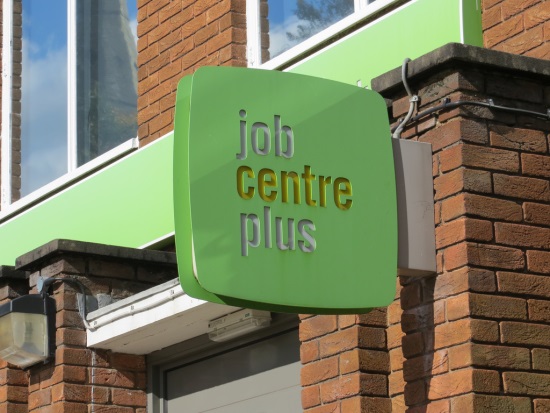Employment has been one of the largest topics in the UK this week, with controversies surrounding zero hours contracts, the position of working mothers and longer hours in the office for the nation’s workers hitting the headlines on a virtually daily basis. Fortunately, amidst all the negativity, one piece of positive news has emerged.

In the ONS’s latest report examining employment in the UK, it became clear that the dreaded pay freeze experienced by many British workers may finally be coming to an end. In the past 12 months, wages grew by 1.1 per cent and, when bonuses were taken into account, this total rose to 2.1 per cent. Although this remains below the rate of inflation, it was the highest annual growth rate since June 2011 – leading many to hope that this trend of growth will continue its upward momentum in the future.
Unemployment fell further in the three months to June, and although the total number of people finding work in this time amounted to only 4,000, it is certainly a step in the right direction. However, this figure was too low to have an effect upon the national unemployment rate, which at 7.8 per cent remains well above the Bank of England’s target of 7 per cent.
Furthermore, the number of people in secure jobs rose by 69,000 during the period to peak at 29.78 million. This is especially positive news as it is the highest level reached since records began in 1971.
There was also a positive effect upon the number of Jobseeker’s Allowance claimants, which fell by 29,000 to 1.4 million in July. Markit chief economist, Chris Williamson, believes that this is figure is a precursor to a rapidly falling unemployment rate in the coming months.
He says; “A much better than expected drop in the claimant count numbers, rising employment and increasingly upbeat business surveys suggest the rate could soon start to fall, possibly quite sharply.”
Unfortunately, the report also included several negative aspects. Youth unemployment once more rose after a drop in the last quarter, with a climb of 15,000 young people out of work bringing the present total to 973,000.
Additionally, the number of economically active workers categorised as “long term unemployed” – those who have been out of work for two years or more – reached a 16-year high. During the period, the total rose by 10,000 to 474,000, indicating that much more needs to be done for this group through back to work initiatives launched by the government.
General secretary of the TUC, Frances O’Grady, believes that the figures indicate recovery for the rich while masking the problems faced by everyday workers.
He says; “These figures show that it’s boom time again for the super-rich, while the dole queues are getting longer for young people.
“The bounce in bonus-led pay rises shows that the super-rich have taken full advantage of the chancellor’s telegraphed tax cut.
“This is a recovery for the top 1 per cent, while the living standards crisis continues for everyone else.”
Do you believe unemployment figures mask the real issues facing British workers, such as underemployment and zero hours contracts, or do they paint a fairly accurate picture of the UK today?